Nanoparticles In Cancer Treatment
Nanoparticles in cancer treatment. Before describing the use of nanoparticles to treat cancer we must first understand the mechanisms underlying cancer immunotherapy. 1 cancer immunotherapy removes tumor cells through a cancerimmunity cycle. Around the world scientists have been trying to develop cancer treatments that either use nanoparticles as carriers to enable better responses to targeted therapychemotherapy drugs or as the direct treatment approach eg.
Although small compared to cells nanoparticles are large enough to encapsulate many small. Nanoparticles Cancer. Role of Nanoparticles 1.
For scale an antibody is about 10 nm or 1100000000000 of a meter and a. These magnetic iron nanoparticles are theranostic capable of both diagnostic and therapeutic functions. In the last two decades the development of nanotechnology has facilitated our ability to design new nanoparticles for the diagnosis and treatment of cancer.
Nanotechnology diagnoses and treats disease at this very tiny level. It also guides the surgical resection of tumors with higher levels of accuracy and enhances the efficacy of radiotherapies and other current treatment options. As compared with bare nanoparticles MNPs had a higher SAR and more effectively killed cancer cells in vitro Majeed et al.
Advances in Cancer Treatment. As shown in Fig. In the tumor stroma of a mouse model of pancreatic cancer the nanoparticles delivered the chemotherapy to tumor-associated macrophages expressing IGF-1R red and CD68 green.
Rapid growth in nanotechnology toward the development of nanomedicine agents holds massive promise to improve therapeutic approaches against cancer. Nowadays nanoparticles NPs have. It holds potential in minimizing systemic toxicity through the development of functionalized particles for targeted treatment.
Their small size helps them locate and. It uses nanoparticles -- particles that are 100 to 10000 times smaller than human cells.
1 cancer immunotherapy removes tumor cells through a cancerimmunity cycle.
As compared with bare nanoparticles MNPs had a higher SAR and more effectively killed cancer cells in vitro Majeed et al. Due to the observed insufficient delivery. Their small size helps them locate and. Although small compared to cells nanoparticles are large enough to encapsulate many small. 6 linhas Applications of PLGA nanoparticles in cancer treatment. Rapid growth in nanotechnology toward the development of nanomedicine agents holds massive promise to improve therapeutic approaches against cancer. These particles have given platforms for cancer therapy and diagnostics. Nanotechnology diagnoses and treats disease at this very tiny level. These magnetic iron nanoparticles are theranostic capable of both diagnostic and therapeutic functions.
It uses nanoparticles -- particles that are 100 to 10000 times smaller than human cells. Nanotechnology diagnoses and treats disease at this very tiny level. These magnetic iron nanoparticles are theranostic capable of both diagnostic and therapeutic functions. In this chapter we reviewed the applications of gold nanoparticles as contrast agents for cancer imaging including optical imaging photoacoustic imaging and X-raybased imaging. Before describing the use of nanoparticles to treat cancer we must first understand the mechanisms underlying cancer immunotherapy. 2014 reported on the effect of polyaniline coated superparamagnetic Fe 3 O 4 nanoparticles on the MIH-induced killing of tumor cells in vitro. Nanomedicine products represent an opportunity to achieve sophisticated targeting strategies and.
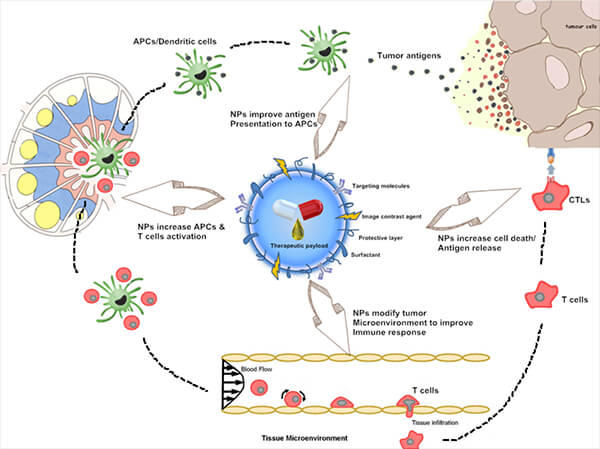

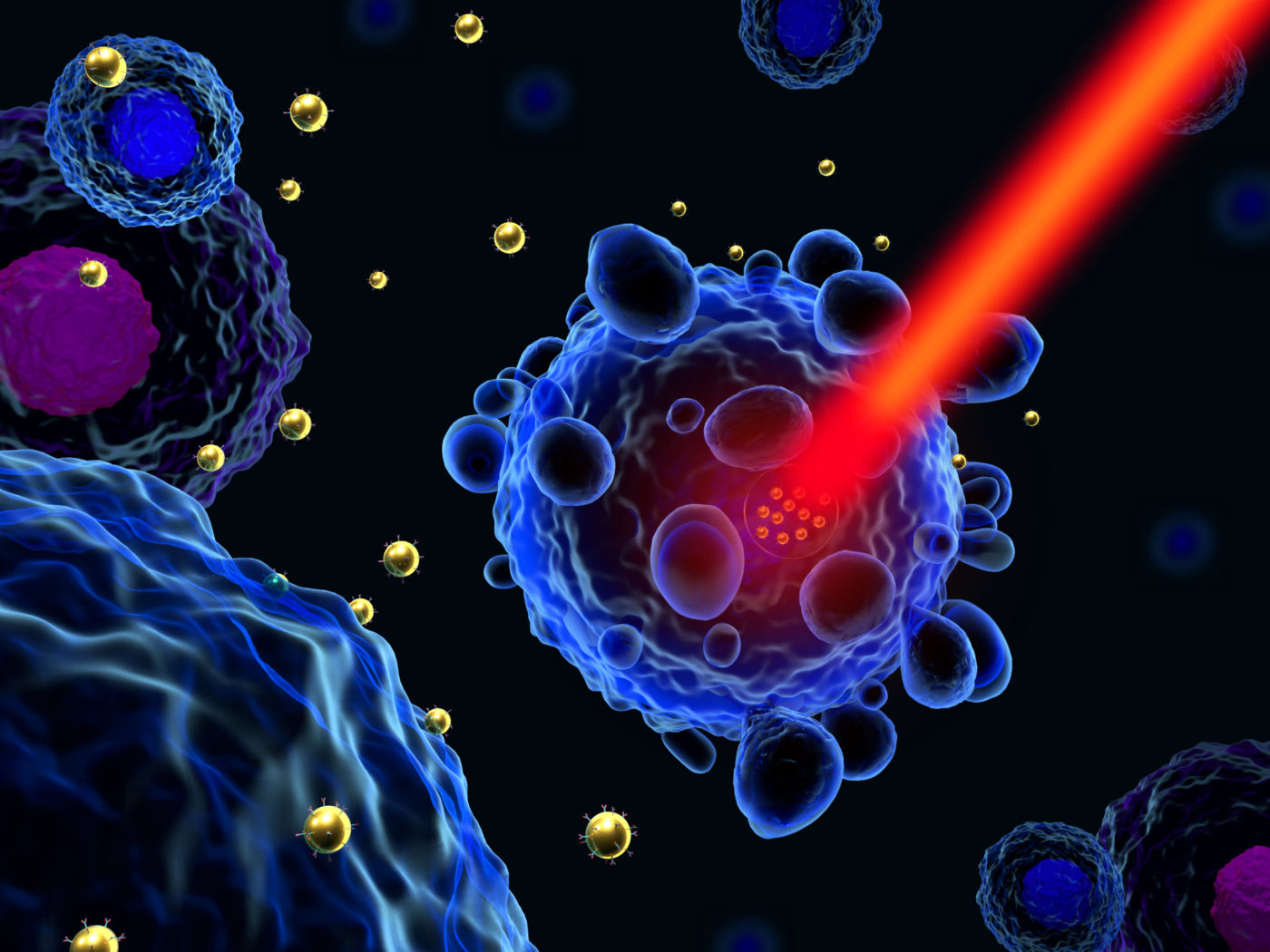







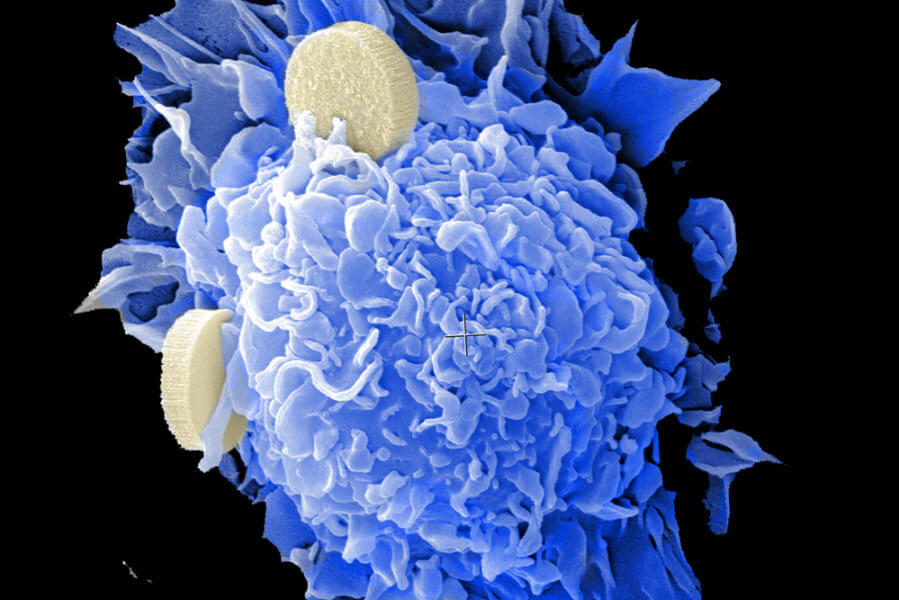
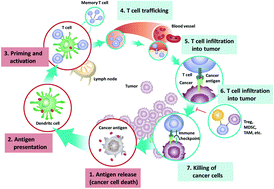









.jpg)












.jpg)



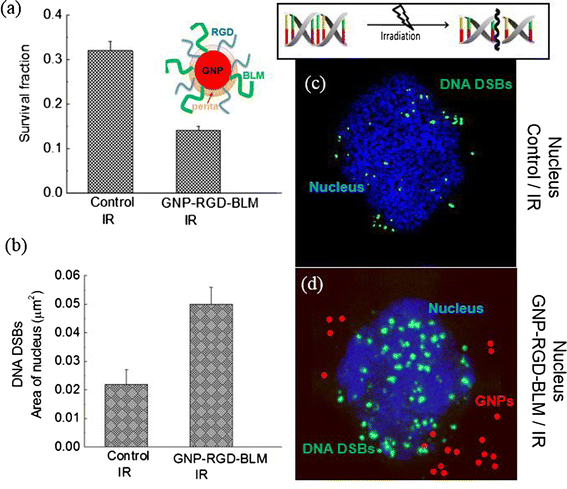

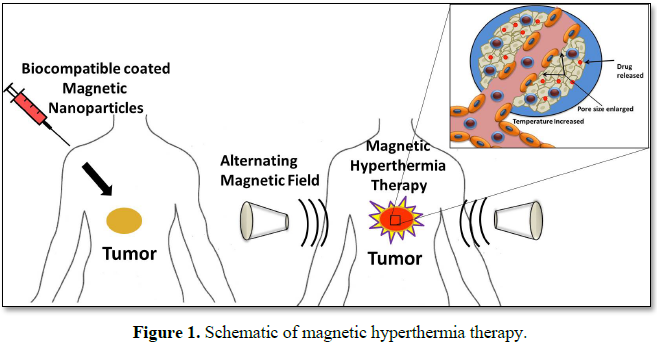


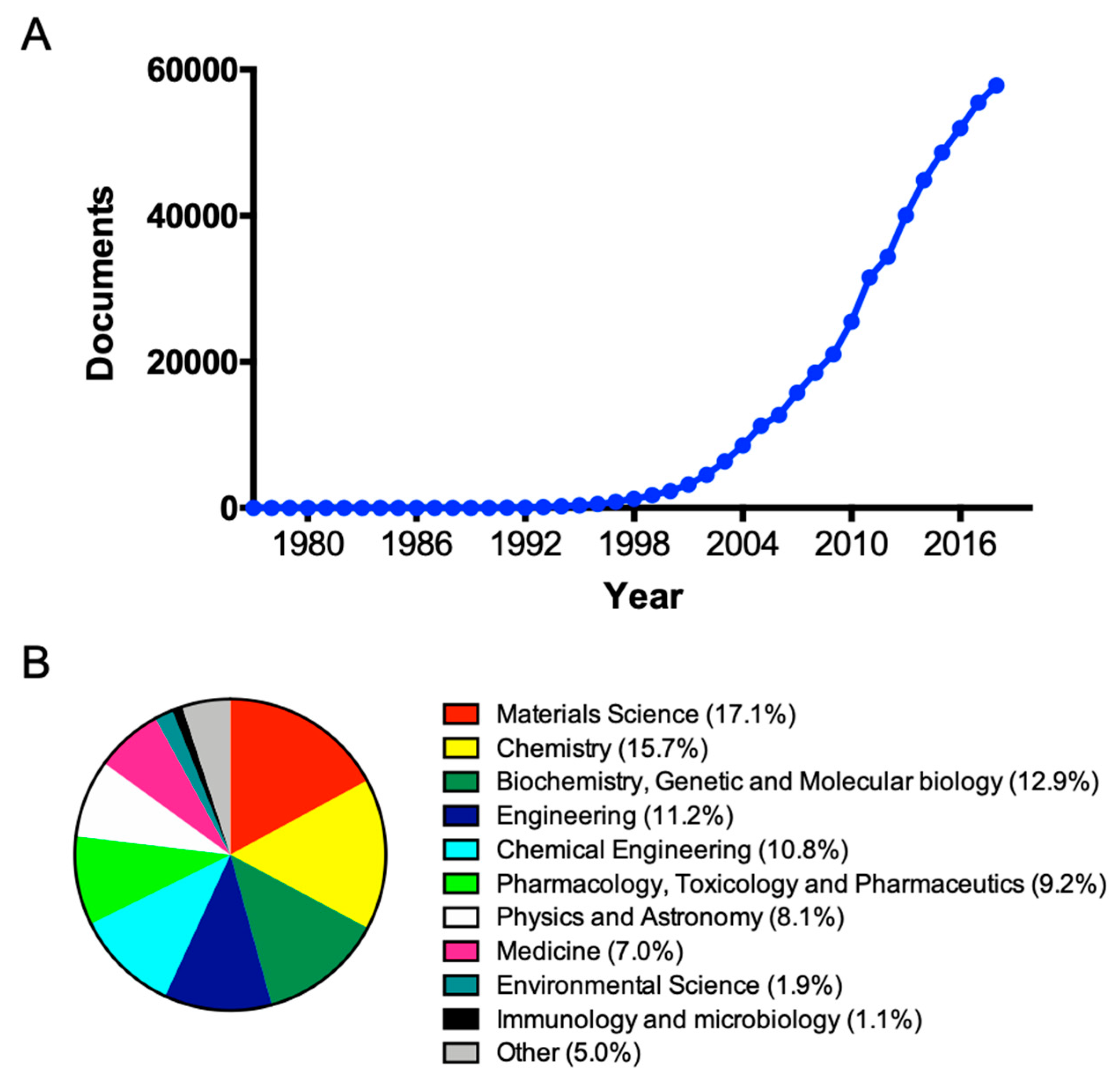
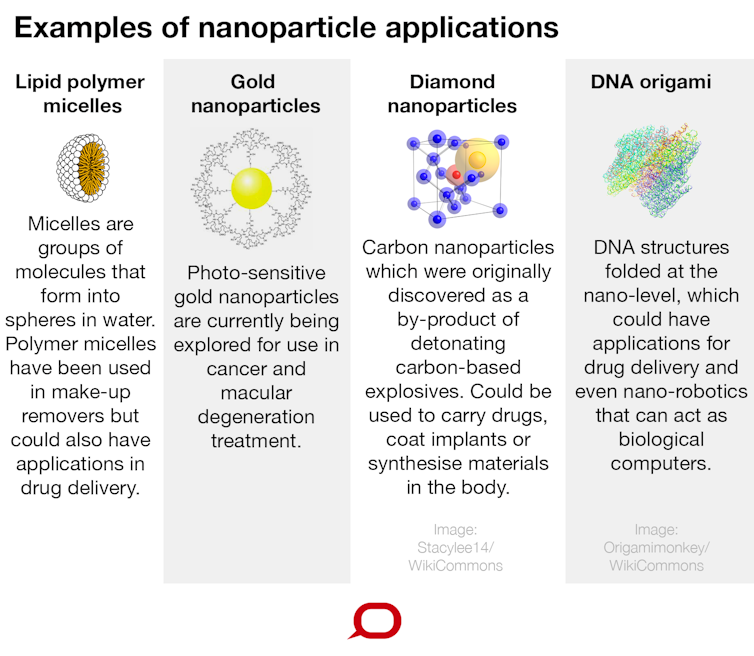

Post a Comment for "Nanoparticles In Cancer Treatment"